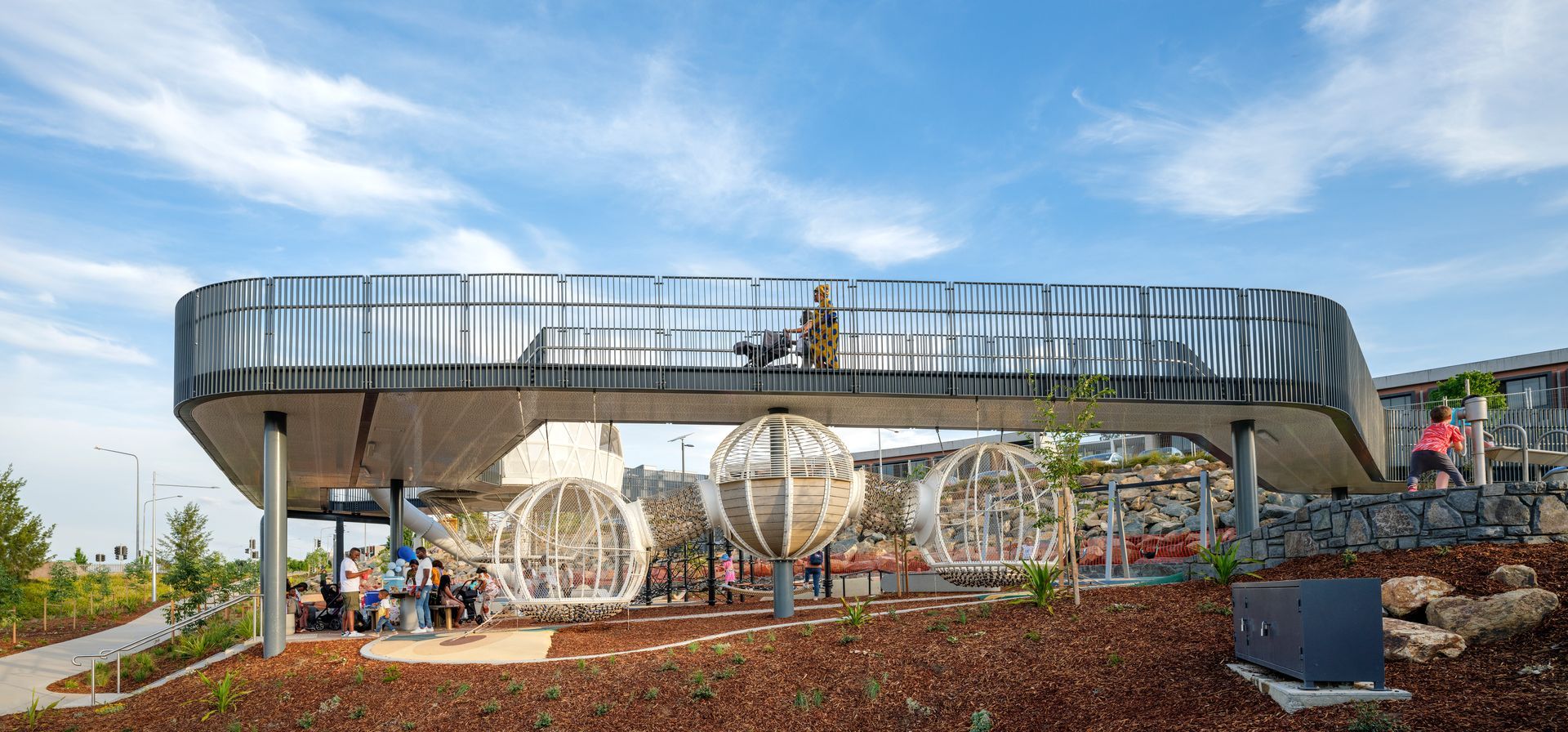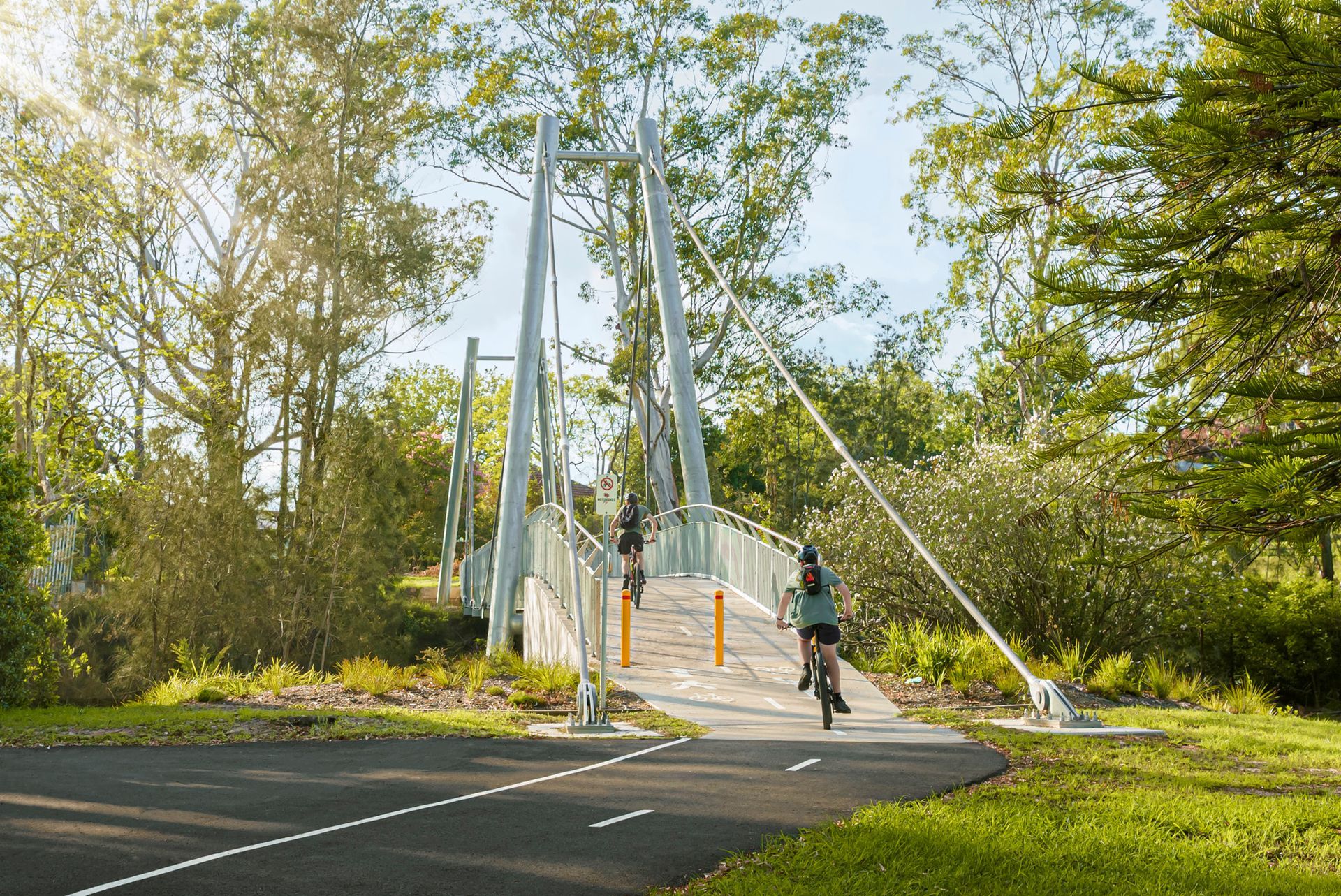Better, together.
Kim Becherand has spent more than 25 years championing the voices of children, families and local communities. Today, as Head of Inclusive Play with Variety, she works with councils, developers, suppliers and landscape architects across Australia promoting the importance of play – including our own team here at Fleetwood Urban. Most recently she has been heavily involved in increasing the acclaimed network of ‘Livvi’s Place’ inclusive playspaces, founded by the Touched by Olivia Foundation. We were delighted to catch up with Kim recently.
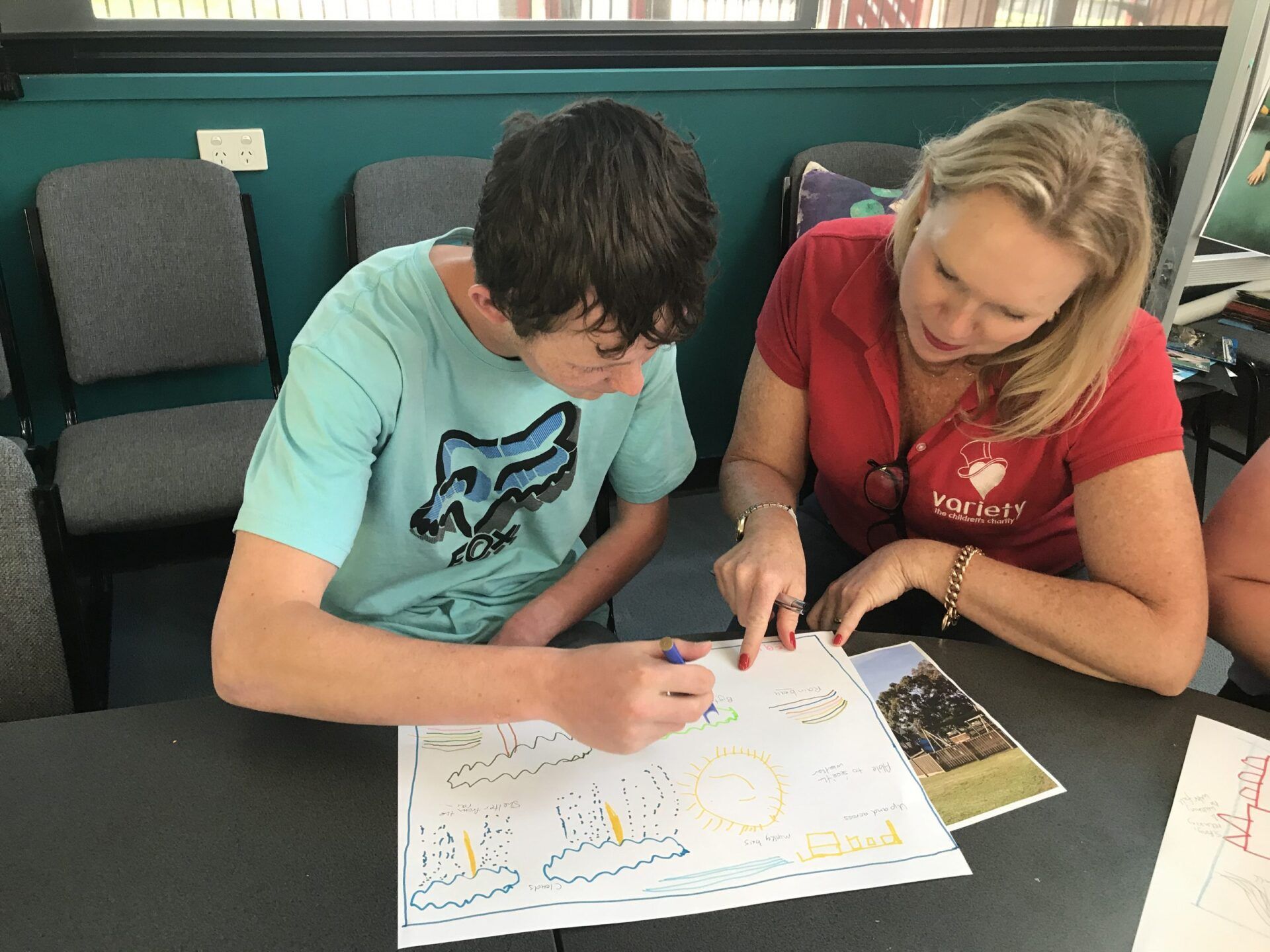
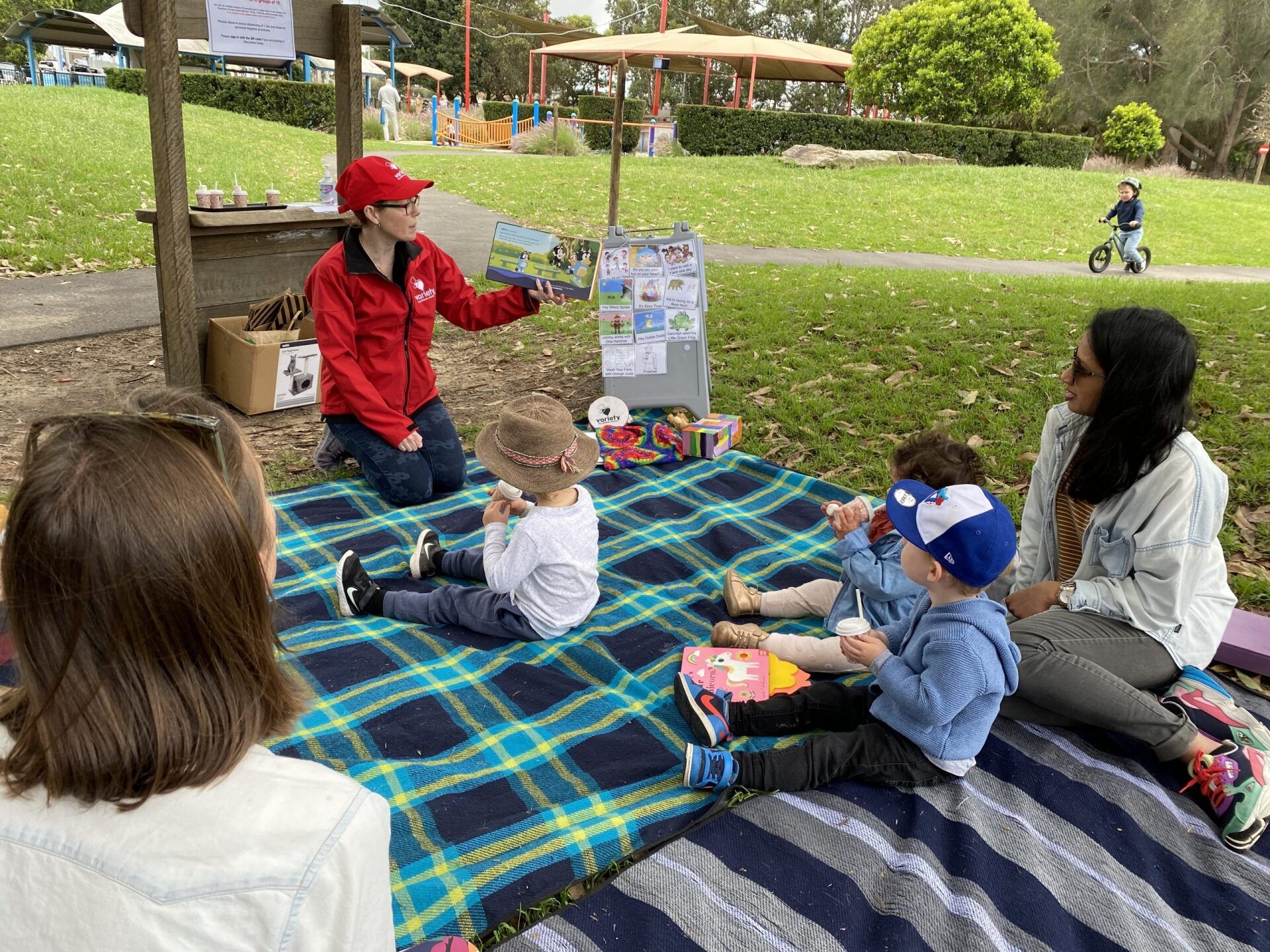
FWD>Thinking: Thanks for joining us, Kim. Can you start by explaining how you came to be such a passionate advocate for ‘inclusive play’?
KB: In many ways the job I have today with Variety is the mixing pot of everything I’ve done before. My background is in education and advocacy, always with kids and families. Back when I first studied Early Childhood education, a lot of what I learned was founded in the ‘Reggio Emilia’ approach of play-based learning and I really saw the importance of play in the early childhood and school years. Having my own children and needing to ‘plan for play time’ in our busy family schedule made me realise the girls were missing out on the experience and fun of free play. When I grew up, we were so free, we could play for hours in the street, kids everywhere. Just getting outside to play is where we learned about ourselves and others, our place in our community and the world. Seeing all the restrictions on my own kids and their childhood rights of passage was actually pretty confronting.
FWD: In what way?
KB: Having the freedom to play shaped me to be a confident, resilient, fun, creative, healthy, well-rounded adult. But my kids weren’t experiencing that. They were timetabled to the hilt. Due to safety concerns, they had very limited opportunity to adventure, explore and develop independence. They weren’t engaging with nature much. They did not have a great connection to other kids or adults in our local community. These were all limiting the fun, freedom, making of friends and natural opportunities to grow and learn, just as it is for so many Australian kids.

FWD: So, you decided to do something about it with Variety?
KB: Variety is the children’s charity and they champion kids, all kids, experiencing every opportunity they can to grow and learn and develop to their full potential. That’s a big part of the work we’re doing in inclusive play. While the play industry says ‘we want to build play spaces for kids’, it’s adults that build them! They’re often the same ones who decide all the open-ended creative stuff needs to get taken out because it costs too much or because it’s too dangerous. As playmakers we talk a lot to ‘experts’, ‘stakeholders’ and ‘service providers’ when actually we should be talking more to the kids and families themselves. If we listen more to our kids, raise their voices and teach them from a really young age how to engage and be heard, it can make such a positive difference in their lives. They’re the play experts. They know how to have fun. That’s why I really love the work I do.
FWD: In many ways, the playspace is a tool for something much bigger, isn’t it?
KB: The ultimate goal is ensuring a just use of public space and designing public playspaces where everyone can play, and play together, in community. We’re better when we’re together, and creating intergenerational playspaces where we’re all welcome, we all feel we’ve been valued and thought of in the design, are so important as we strive for a thriving, diverse inclusive society.
FWD: Just taking a step back, how would you define ‘inclusive design’?
KB: Designing for all and undertaking bespoke design for a specific community; for the requirements, interests and goals of all the people who belong to it. Of course, the only way we can know these things is by talking to local people. To go into the community, reach out and, most importantly, listen. We find an inclusive and playful process is what leads to truly inclusive design. Ideally, we start to build connections to the playspace project, and within the local community, right at inception stage. Bringing people together, sharing what’s important, envisaging a space where everyone will feel safe, welcome and be able to participate. This is the mindset bedrock of inclusive design.
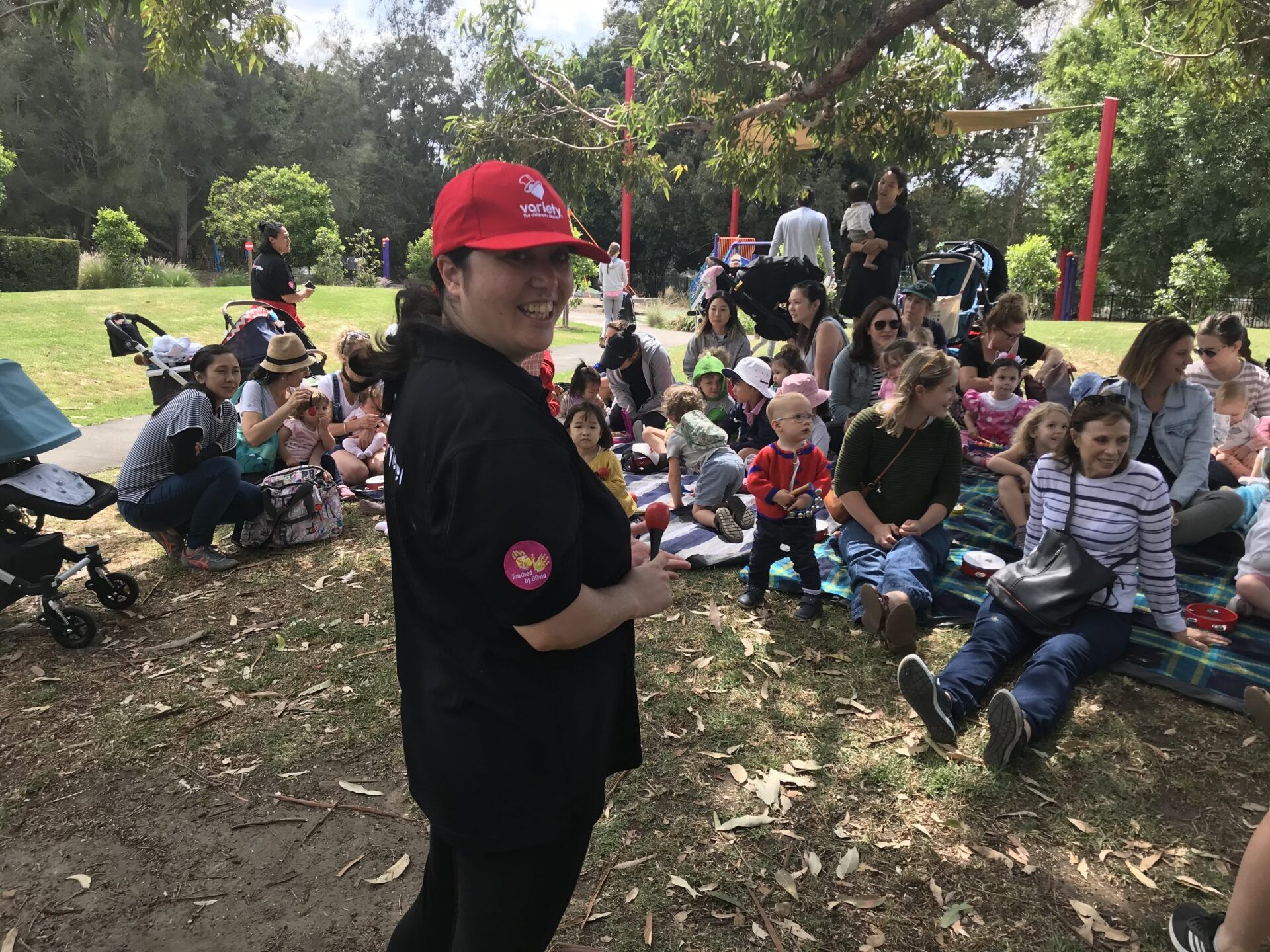
FWD: Over the course of your career, what changes have you noticed in attitudes towards inclusive play?
KB: I feel society is slowly changing from seeing difference or ‘other’ to valuing the diversity of ‘everyone.’ While our will and intent to be more inclusive has been quite high, the outcomes haven’t always been so great. We need to be very careful, because as soon as we talk about ‘others’, or designing something for those that are different, we’re actually creating and reinforcing that mindset of segregation. Us and them. The first step to changing this is being aware of it, and increasingly I think we are. This is where that beautiful concept of Universal Design comes in and the challenge to adapt and design new equipment and playspaces, so we can all participate and play together.
Interestingly, one of the big reasons I think we’re starting to talk about the importance of inclusive play right now has been Covid-19. We’ve all experienced a little of what it’s like to be restricted. We couldn’t go to our adult playspaces like gyms, or pubs and restaurants. Remember how we felt when lockdowns happened? We felt lonely, isolated, there was frustration and helplessness, and that was only for a short period of time. There are kids, and adults, who experience that every day of their life, because design has not considered them. We can change this when we create truly inclusive playspaces
FWD: What role do Government initiatives have to play in all this, the NSW Everyone Can Play program, for example?
KB: Everyone Can Play has been an absolute coup, a really positive NSW Government initiative they backed up by putting committed funding behind it. It was brilliantly done too, with community and experts engaging with children, families and all people facing barriers to accessing recreational playspaces.
Awareness of the importance of inclusive play in Australia really took hold with an amazing woman called Justine Perkins who started the Touched By Olivia Foundation when her young daughter, Livvi, passed away. Justine was young mum with a toddler and a small baby, who experienced the lacking in her local playspace as a safe and comfortable place for her children to play and where she could seek out the natural supports of her local community when she needed it most. So she decided to do something about it – and change the way society plays. That was almost a decade ago now. Justine, her husband John and many other inclusive play advocates and experts worked with the support of the Federal Government to develop the first Inclusive Playspace guidelines. It still holds up as a clear and simple guide as to what makes a playspace inclusive. We’ve come a long way, but we still have a long way to go.
Let’s not forget, the UN Convention on Rights of the Child was written many years ago (1990) and Australia signed up to it. As a society, we say it’s the right thing to do and, overwhelmingly I believe we want to honour our children. We have all these wonderful SDGs (UN Sustainable Development Goals) that are trying to achieve better outcomes for all children in the world. But, again, the actual process of following that up is typically coming from adults and adult mindsets, which don’t always engage or match the realities of children and families. I’m not sure why we aren’t taking more heed of the positive impact and the value of play. We know the benefits are so wide and far-reaching. We only have to look at the figures of our children’s health, active participation and well-being data to see we need to increase play for all kids, families and communities. Imagine if it was just universally accepted that children need air, they need shelter, they need water, they need love – and they need to play. It’s the means by which they function, the key to thriving. That would be a dream come true.
Ultimately, the government support with guidelines and funding is important, but real change has to come from the heart and from educated minds. ‘This is the right, fair and just thing to do, everyone plays together.’ Then we can work out the answers, together as a society.
FWD: How receptive are councils, developers and designers nowadays?
KB: Well, when it’s a very blatant situation, the penny quickly drops. For example, something like 40% of children are now taken to play spaces by their grandparents, so if you don’t have suitable toilets, walkways with railings, suitable seating and safe surfaces that they’re not going to trip on, a lot of kids simply won’t get to play. Councils, developers and designers we work with all want to build the best playspaces they can, that will be truly inclusive and become thriving community hubs with all the benefits that will follow. We just shine a light on the experience of diversity or barriers to inclusion that kids and families have shared with us. There’s no one way to do inclusion when it comes to play. If there was, we’d just get the world’s best playspace designers in a room and fix all the problems overnight. The architects and designers are the experts and have the answers, we just ask the questions, hold the space and encourage them to face the challenges. That’s when the magic happens.
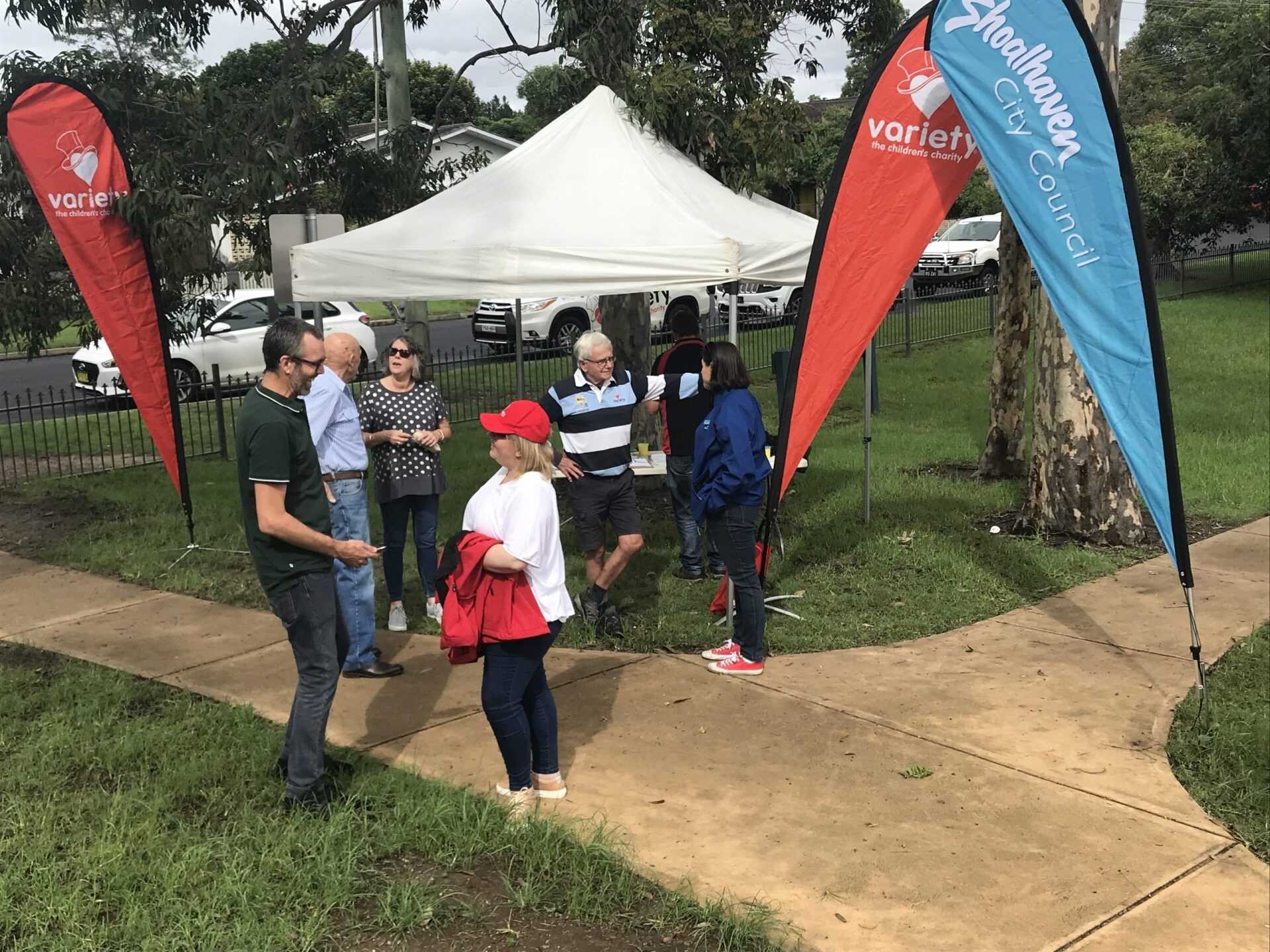
FWD: Do you find there’s sometimes confusion between ‘inclusion’ and ‘accessibility’?
KB: That’s one of our biggest challenges. Inclusion is not the same as accessibility. I always suggest to come at it (design) from a participation base. For example, if you can get to a playground because it is accessible, but then have to watch everybody else play, or play on your own or with less of an experience, well, that’s not inclusive. But if you can participate with lots of choice, like supported pathways, handles and transfer and access points, you also get to challenge, risk, build skills and show your strengths. If you’re someone who likes to run, you get to show that you’re the best runner, because it’s all fenced and you can run all you like and mum doesn’t care because you’re safe. If you like to play alongside, rather with others, there is a space where you can do that in a safe distance that might challenge you to go out of your comfort zone to make some friends. A well designed inclusive playspace gives every kid an opportunity to show their strengths, build their skills, take risks and experience the dignity of participation like everybody else.
FWD: Even with the very best of intentions, the actual reality doesn’t always live up to the promise, does it?
KB: Unfortunately, not always. Often it’s because we simply don’t understand the complexity of what’s actually required in the big scheme of things to break down barriers of inclusion. Unless you get in a wheelchair for a day, you don’t really know. Or you’re an elderly person with a walking frame looking after your grandchildren. Until you move to a country with a different language and culture. If you’re neurotypical, until you live with these barriers, you just don’t know. We still tend to build and design everything around ‘normal’. We have to start designing around ‘everyone’, always remembering that every job and every person is different.
FWD: Would it would it be fair to say, generally speaking, things are heading in a positive direction in Australia?
KB: Definitely, and as long as we keep trying, we will keep getting better. I always encourage everybody just to have a go. If you’re not sure, go and talk to somebody who has lived experience, if they don’t know, they’ll be able to suggest somebody who does. We just need to keep opening up the conversation and work together. That’s when we become so creative and so resourceful at finding better ways to play together.
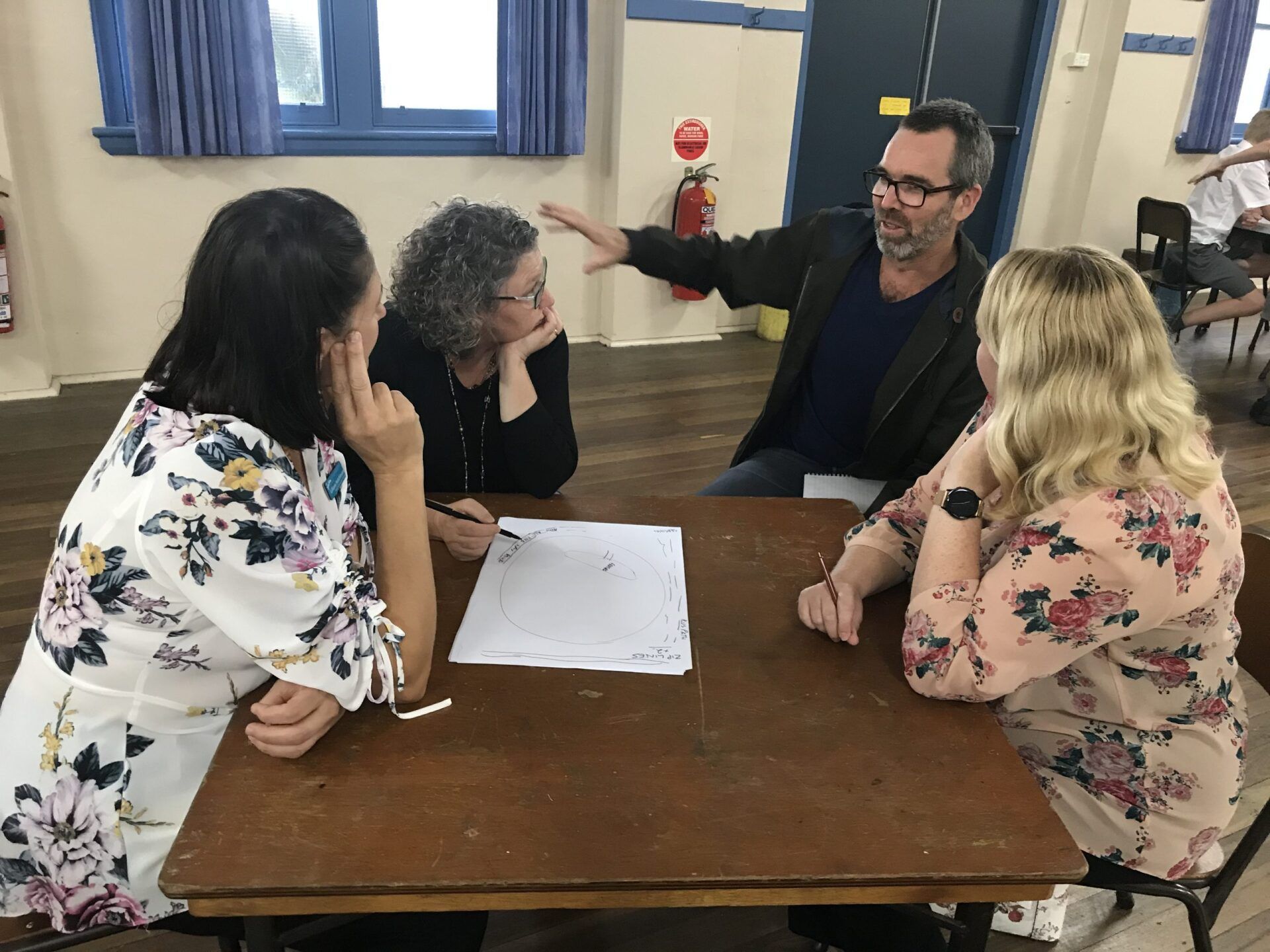
FWD: Looking to the future, what are some of the other things we might start to see more of when it comes to inclusion and play?
KB: Right now, Variety is piloting the use of play workers with Canada Bay Council in Sydney. I think that’s the next stage for us, looking at ways to activate play spaces in a more inclusive way to get more kids playing, families spending time together and communities connecting. To really utilise our playspaces to the maximum, we’re putting trained play workers to provide kids open-ended play and nature play experiences, to support parents and families and to address some of the barriers to inclusion and other social problems within local communities. For example, if it’s a community with low early literacy levels, you might put in a play worker who models reading and runs a story time. That can begin to short circuit really serious intergenerational problems by helping the kids, but also by developing competencies in those parents to be able to go home and perhaps read a bit more.
Longer term, we hope to make it a social enterprise model where we’ll be able to have local role models who actually understand and reflect their community, can show diversity in a valued role and facilitate play and learning in their own community.
FWD: It’s a fantastic idea, was it a hard sell?
KB: Canada Bay Council have been real leaders in inclusion, that’s actually where the very first Livvi’s Place opened (there are now more than 40 in Australia). But every day more developers and councils are starting to understand the value and importance of an activated playspace. We all love to build playspaces and cut the ribbon. But too often they just sit there dormant, because society has forgotten how to engage together. If we really work to activate these empty spaces, they will become thriving community hubs and, in turn, will help to remedy some of the social isolation, health and wellbeing problems we’re experiencing across Australia.
FWD: It’s a really positive, ambitious, visionary approach.
KB: Our philosophy is to bring communities together, empowering everyone – from individuals and businesses to councils and developers – to help build a more inclusive society. We work in partnerships with councils. We also do education programs. We have inclusive design workshops coming up soon. Ultimately, Variety’s purpose is to fill the gaps for the kids, families and communities that aren’t getting support they need to provide our kids with every opportunity to thrive. NDIS has, wonderfully, changed a lot of what we do, but there are still many gaps out there.
Just as a final thought, I’d love to put a challenge out there to all suppliers. When you’re designing something, think of it like the wedding cake and the fruitcake. If you go and buy a fruit cake it’s $30. But if you buy a fruit cake for a wedding, it’s $200. Yet, essentially, it’s the same cake. Inclusive equipment is very similar, though I know the reasons are somewhat different. Imagine if we just said all versions of a certain piece of play equipment will have handles on it? It may not seem like much, but the difference could be quite profound. It’s a process and it’s going to take time, but the only way we get better is by having these types of conversations. So, let’s talk about it and say ‘we know we’re doing okay, but we can do even better’ and let’s do it together.
You can find out more about Variety’s Inclusive Play team and initiatives
here.
More from Fleetwood Files.
Explore
Certifications
Environmental Management : ISO14001
Quality Management : ISO 9001
OHS Management : ISO 45001
All Rights Reserved | Fleetwood Urban | Privacy Policy


